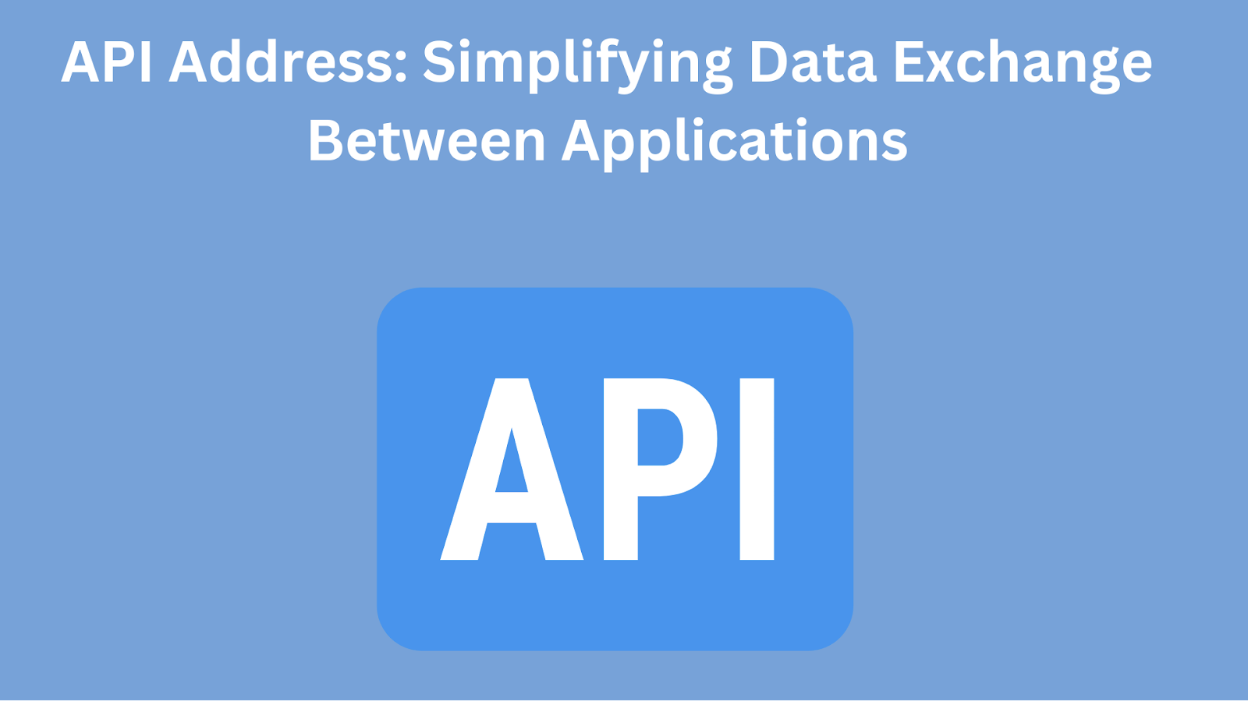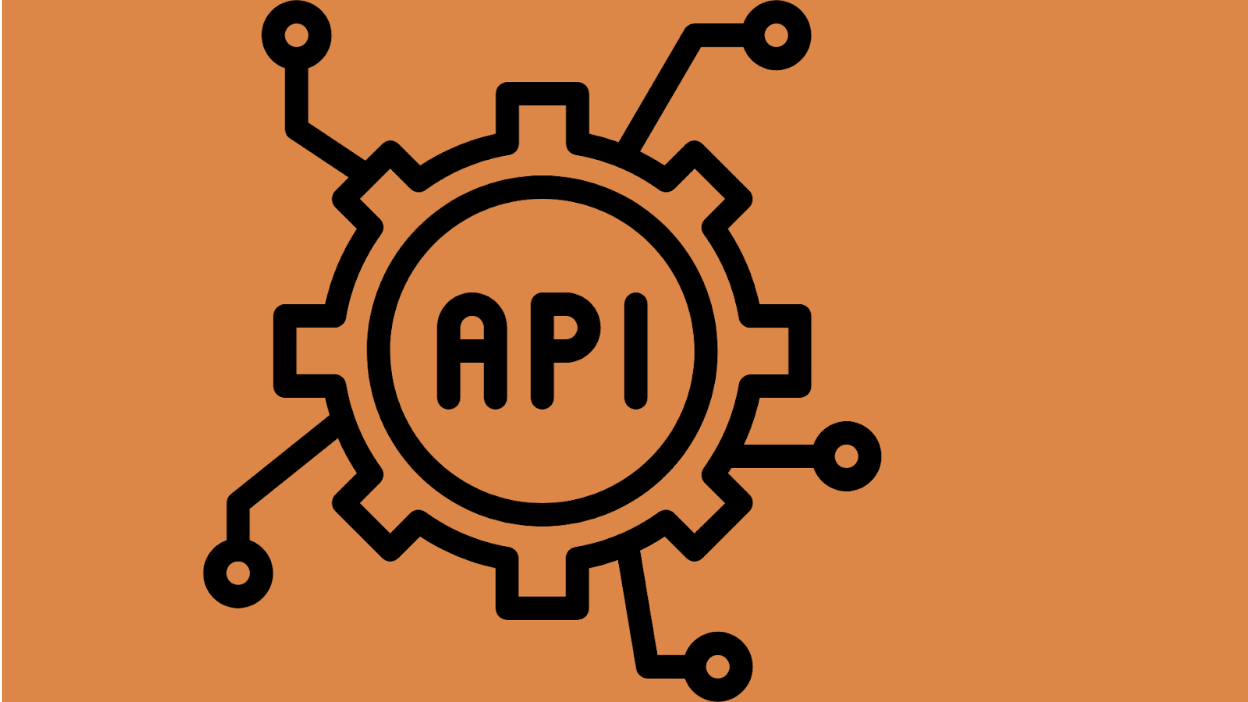In today's interconnected digital landscape, seamless data exchange between applications is crucial for businesses and developers alike. Application Programming Interfaces (APIs) are vital in enabling this data exchange by defining the methods and protocols through which different software components can communicate.
One essential aspect of APIs is the API address, the endpoint for accessing a particular API's functionalities. In this blog post, we will explore the importance of API addresses and how they facilitate efficient data exchange between applications.

What is an API Address?
An API address, or an API endpoint, is a specific Uniform Resource Identifier (URI) representing a particular function or resource within an API. It serves as the entry point for accessing the API's capabilities. It allows developers to interact with the API to perform various tasks, such as retrieving data, updating information, or executing specific actions.
Importance of API Addresses
API addresses play a crucial role in enabling communication between different software systems. They provide a standardized way for applications to access and utilize the functionalities exposed by an API, regardless of the underlying technologies or platforms. This standardization simplifies the development process and allows developers to focus on building innovative solutions without worrying about the intricacies of data exchange protocols.
How do API Addresses Work?
When developers want to interact with an API, they use the API address to request the API server. The request typically includes the desired action (such as retrieving data or updating information) and any necessary parameters.
The API server processes the request, performs the required operation, and sends back a response containing the requested data or an indication of the success or failure of the operation.
Benefits of Using API Addresses
- API addresses provide a simple and consistent way to access API functionalities, making it easier for developers to integrate APIs into their applications.
- API addresses allow developers to scale their applications by easily adding or modifying API endpoints to support new features or accommodate growing user bases.
- API addresses can be secured using various authentication mechanisms, ensuring only authorized users and applications can access the API's functionalities.
- API addresses enable interoperability between different software systems, allowing applications to exchange data seamlessly regardless of the technologies or platforms they are built on.

Conclusion
API addresses are fundamental to modern software development, enabling efficient data exchange between applications. API addresses simplify the development process, enhance scalability, ensure security, and promote interoperability by providing a standardized way to access API functionalities. As businesses and developers continue to leverage APIs to build innovative solutions, understanding the importance of API addresses is crucial for creating robust and effective applications.
FAQs
1. How do I find the API address for a specific API?
The API address for a specific API is typically provided in the API documentation. It is usually a URL that includes the domain of the API provider, followed by the endpoint path corresponding to the desired functionality.
2. Can I change the API address of my API?
Yes, you can change the API address. Still, it is essential to ensure that you update any references to the old API address in your applications and documentation to avoid breaking existing integrations.
3. What is the difference between an API address and an API key?
An API address is the endpoint through which you access an API's functionalities. At the same time, an API key is a unique identifier used to authenticate and authorize access to the API. Both are essential components of API usage but serve different purposes.
4. How can I secure my API address?
You can secure your API address by implementing authentication mechanisms such as API keys, OAuth tokens, or HTTPS encryption. These measures help ensure that only authorized users and applications can access your API's functionalities.
5. Can I use the same API address for different API endpoints?
No, each API endpoint typically has its unique API address. Using the same API address for different endpoints would result in ambiguity and make accessing specific functionalities within the API challenging.